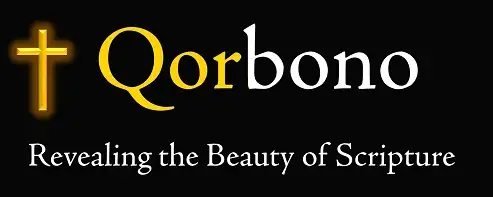CFL 13: The Temple's Architecture
Catholic Foundation Library #13
The Temple of Jerusalem, built during the reign of Solomon, was the only place on Earth God dwelt in a visible fashion. The Shekinah, the Presence of the Lord, was in the Holy of Holies until shortly before the destruction of Jerusalem by Babylon in 587 A.D.
The Temple was built with a system of concentric courts. The Court of the Gentiles was open to everyone. It was the largest court and anyone, Jew or Gentile, could walk there. A dividing wall separated this court from that of the women where only the men and women of Israel could enter; a law enforced under penalty of death. The beautiful gate separated the court of the women from the court of men and women were not allowed to go past that gate. A small wall separated the court of men from the court of the priests.
Inside this court stood the great altar of sacrifice and the bronze laver in which twelve priests could bathe themselves.
It was inside this court that the Temple proper stood. Known otherwise as the Holy, this building was inlaid with gold inside and out.
Inside and towards the back stood an impressive curtain that was twenty feet wide and thirteen feet high. Behind the curtain was the Holy of Holies, a cube where the tabernacle was placed and where the Shekinah, the presence of the Lord dwelt.
Highlights
- Why all these courts? Why not have one external court and then the Temple proper?
- Why was the altar of sacrifice outside the Temple proper?
- What did the Holy contain and why?

